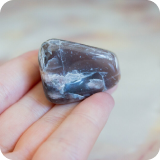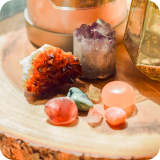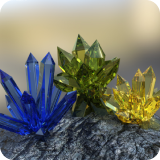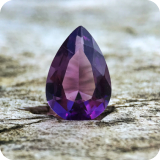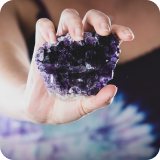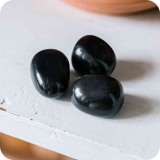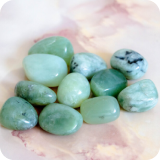- What Does Real Fluorite Look Like?
- Types of Fluorite
- How To Tell If Fluorite Is Real
- How to Spot Fake Fluorite
- Real Fluorite vs Fake
- FAQs
Belonging to the Halide mineral group, Fluorite is composed of fluorine and calcium. It is found crystallized in cubes or octahedrons, making it an incredibly interesting stone to find. If you own a Fluorite or are looking to buy one, it is important to learn what fluorite looks like and the distinction between real vs fake Fluorite.
Real Fluorite comes in a range of colors. It will typically be found in purple, green, and yellow. Blue, black, and red Fluorite stones have also been discovered.
Let’s learn how to tell if fluorite is real.
What Does Real Fluorite Look Like?
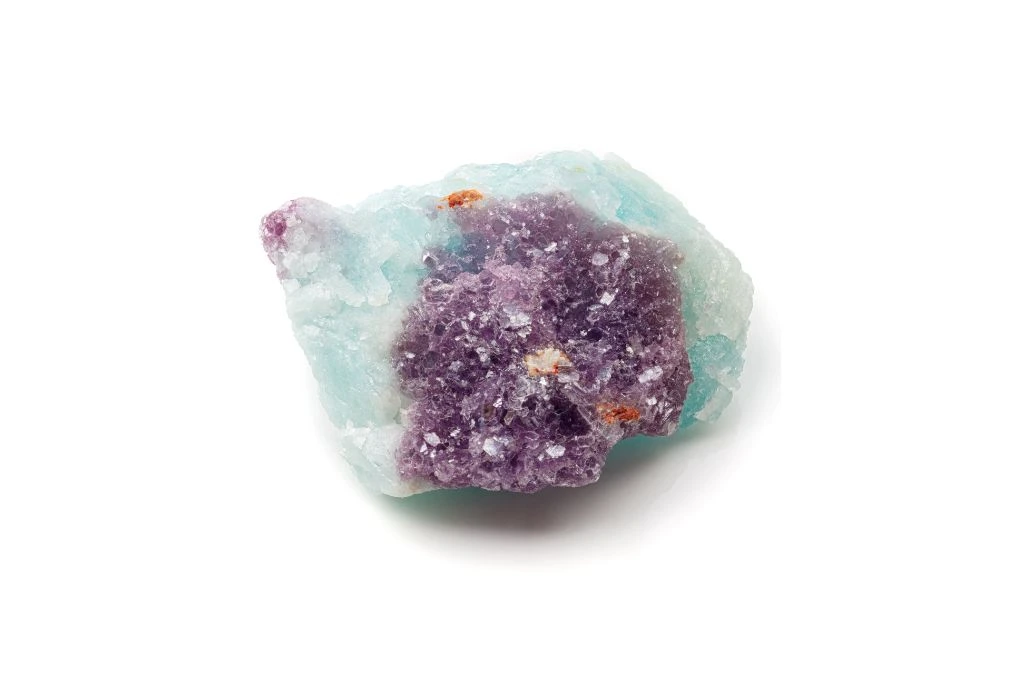
As Fluorite can be found in a range of colors, it is useful to learn about the other characteristics of this crystal when wanting to tell if it is real.
Real Fluorite properties include:
- Cubic or octahedron shape.
- Soft and easy to scratch, as it is 4 on the Mohs scale of mineral hardness.
- Glows blue under UV light.
- Many real Fluorite stones will have small scratches on their surface.
Fluorite is found in the cavities of limestone around the world. The majority of real Fluorite comes from China and Mexico, though it is also found in Brazil, the UK, South Africa, North America, Tanzania, and Argentina.
Types of Fluorite
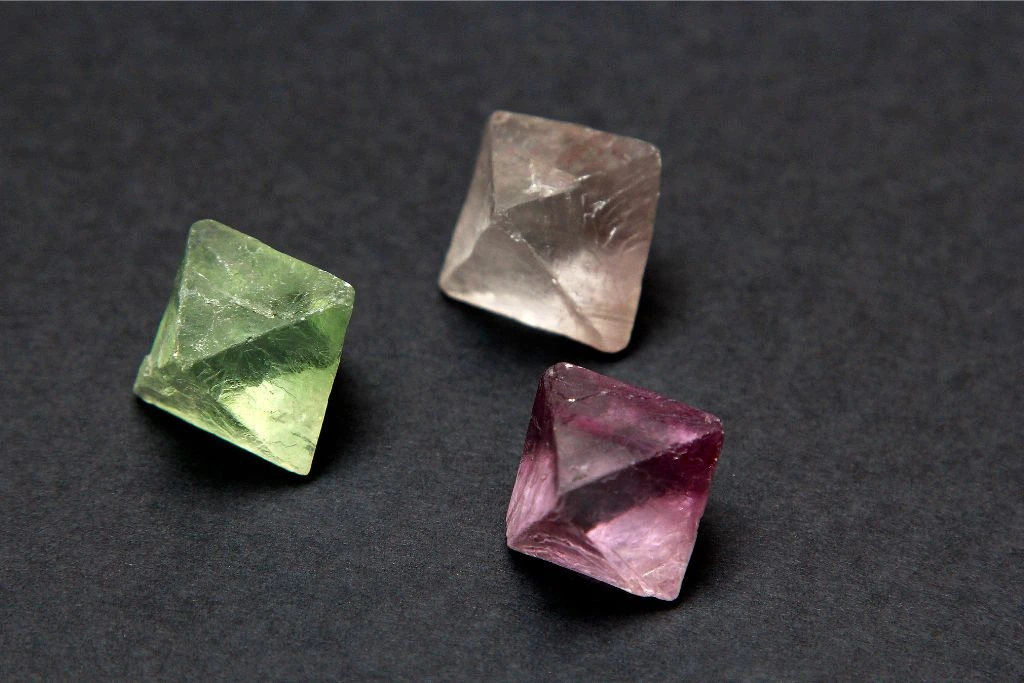
There are a number of different types of real Fluorite, so let’s take a look at the specific healing and metaphysical properties of each one.
| Fluorite | Chakra | Properties |
| Clear | Crown | Harmonizes the mind and spirit. Stimulates the mind. |
| Blue | Throat | Calms emotions and opens up communication. |
| Green | Heart | Banishes negative thinking and inspires new ideas. |
| Purple | Third Eye | Protects from negative forces and enhances spiritual practices. |
| Yellow | Solar Plexus | Boosts creativity and enhances friendship. |
| Rainbow | Throat, Third Eye, and Crown. | Boosts productivity and calms the mind. |
How To Tell If Fluorite Is Real
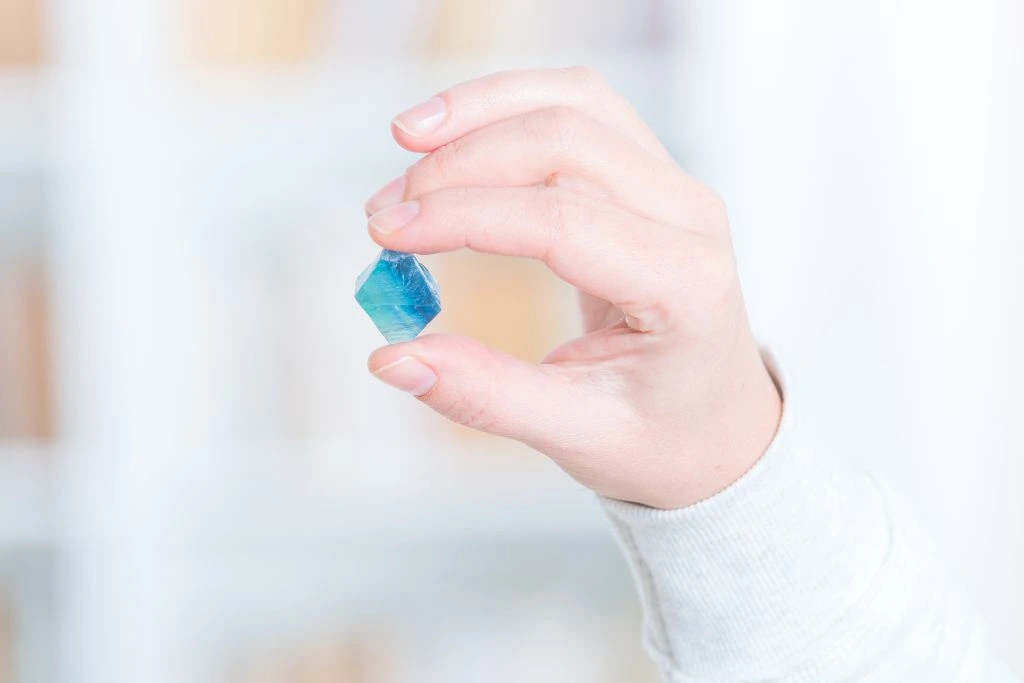
When we want to distinguish between a real vs fake Fluorite, there are tests we can perform. We can do these tests at home, and we don’t need a ton of equipment for most of them!
Test 1: Check Hardness
The easiest test we can do is one that checks the harness of the crystal. Because real Fluorite is rated 4 on the Mohs scale of mineral hardness, it can be scratched with a knife. The majority of fake Fluorite is made out of glass, which is harder and therefore will not scratch.
Safely take a knife to the surface of your Fluorite stone. Slowly drag it along the stone. If marks appear, the stone is probably real Fluorite.
Test 2: Examine Structure
The structure of a Fluorite crystal can be used to identify if it is real or fake. The majority of real Fluorite stones have prominent cubic shapes to them, attached together. If you have raw Fluorite, examine its structure to spot the shapes.
Test 3: Use a UV Light
Fluorite was one of the first crystals ever found to have fluorescence properties, and the phenomenon was actually named fluorescence after the stone. Fluorescence is when light is emitted from an object that has previously absorbed it.
When we wish to find out if a Fluorite is real or not, we can use UV light. Real Fluorite usually shines blue under a UV light, yet it may shine other colors, too, depending on the environment, so this test should be used alongside others.
Test 4: Look for Color Zoning
A lot of real Fluorite stones have different colors in the crystal. Larger Fluorite stones usually show distinct bands of colors. When you want to determine if a Fluorite is real or fake, examine the colors in the crystal. A range of colors within crystal cubes suggests that it is a real Fluorite stone.
How to Spot Fake Fluorite
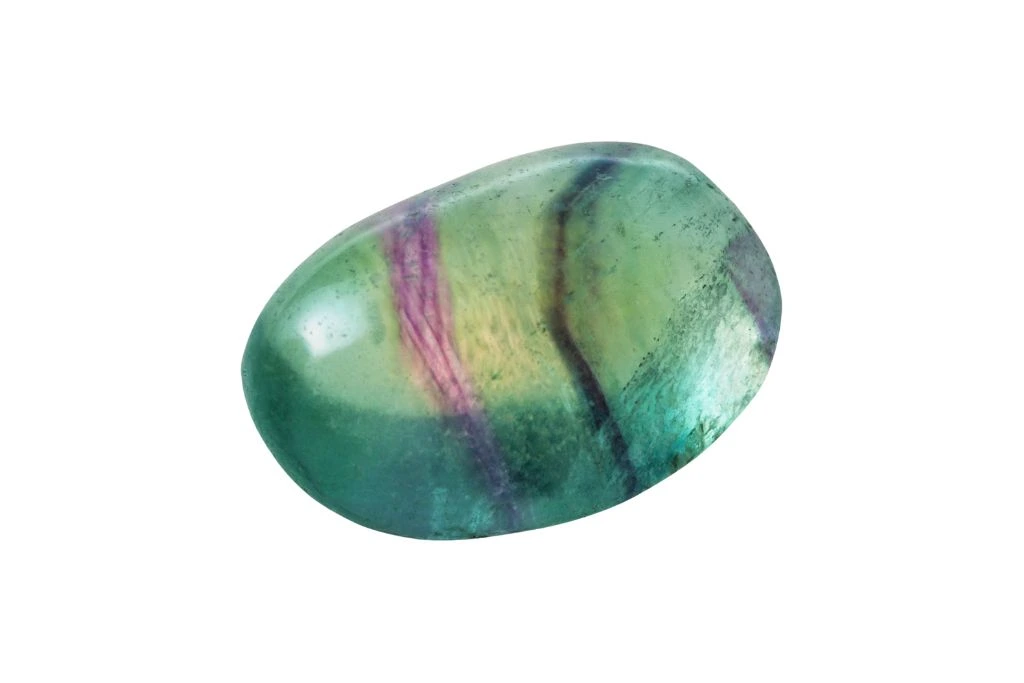
Fake Fluorite is usually made out of glass or plastic. They are often sold as tumbled Fluorite stones, as raw Fluorite is harder to reproduce.
Fake Fluorite that is made out of glass weighs less than real Fluorite crystals. It also tends to be shinier than real Fluorite, as glass shines more. However, be aware that real Fluorite is often treated with oil to allow its colors to shine. If your Fluorite crystal seems real but is shiny, you can test to see if any oil has been applied to the stone. This can be done by placing the Fluorite in boiling water. If it has been treated with oil, droplets of oil will appear. You must be careful when placing Fluorite in boiling water, as too much of it can damage the crystal.
There may be gas bubbles inside fake Fluorite crystals that occurred when they were made. If a Fluorite stone is fake and made of glass, it will not scratch when a metal knife is dragged over its surface.
Real Fluorite vs Fake
We have created a table to show you the key differences between real Fluorite and fake Fluorite, so you know what to look out for when assessing your gemstones.
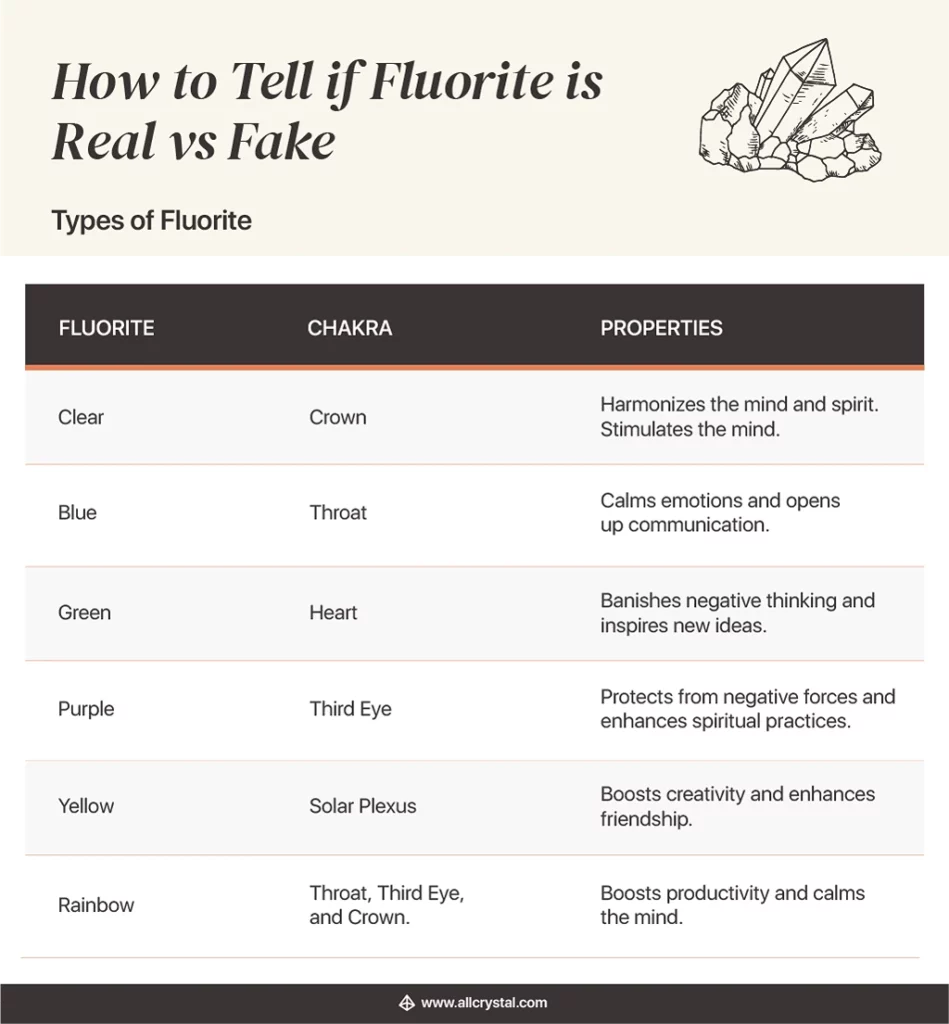
FAQs
- How do you test Fluorite?
Fluorite can be tested by checking the hardness, examining its structure, and using UV light. These tests will allow you to find out if your Fluorite is real or fake.
- Is Fluorite shiny or dull?
Raw, untreated Fluorite is dull.
- Does Fluorite dissolve in water?
Fluorite will dissolve slowly in water, but it can be submerged for a small amount of time.
- Is Fluorite toxic to touch?
No. Fluorite is safe to touch and hold.
- Does Fluorite scratch easily?
Yes. Fluorite is a soft crystal, so it scratches easily.


